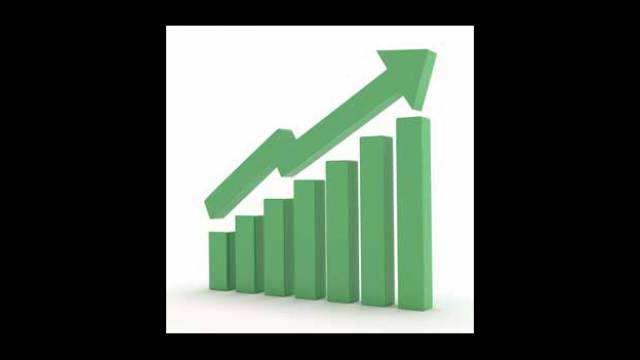According to the latest market research study released by Technavio, the global glass ceramics market is expected to reach USD 9 billion by 2020, growing at a CAGR of over 6% during the forecast period.
This research report titled ‘Global Glass Ceramics Market 2016-2020’, provides an in-depth analysis of the market in terms of revenue and emerging market trends. This market research report also includes an up to date analysis and forecast for various market segments and all geographical regions.
The report segments the global glass ceramics market by end-user and can be divided into five broad categories:
•Housing and construction
•Aerospace
•Medical
•Electrical
•Optics
Global glass ceramics market in housing and construction segment
The global ceramics market in the housing and construction segment is expected to reach USD 4.8 billion by 2020, growing at a CAGR of over 6%.
Glass ceramics can be manufactured from a variety of industrial wastes, including ash from the blast furnace, sugar cane, and steel slags. “These ceramics are cheaper owing to the easy availability of raw materials. They are also rigid, durable, and resistant to chemicals,” says Chandrakumar Badala Jaganathan, lead analyst at Technavio for glass and ceramics research.
Glass ceramics are used in the manufacture of ceramic tiles, which are used extensively in flooring.
Glass ceramics are also employed in exterior and interior applications in the segment owing to the concerns regarding sustainability. For instance, Neopariés or Neoparium (a crystallized glass ceramic) developed by the Nippon Electric Glass in 1986 is specially designed to withstand harsh environments. The ceramic is lighter than granite yet stronger, scratch resistant, and impermeable to liquids.
Global glass ceramics in aerospace segment
The global ceramics market in the aerospace segment will generate revenues of USD1.3 billion by 2020, growing at a CAGR of over 6%.
Glass ceramics are widely used in commercial and military aircraft and in space shuttles. These materials are lighter than metals. In addition, properties such as the ability to operate at higher temperatures and increased electrical activity are the other significant advantages of glass ceramics.
These ceramics are used extensively in structural applications as thermal barrier coatings (TBCs) in engines. They are used in airframes as a high stress, lightweight bearing and high temp structural component. Glass ceramics by Corning have been used in NASA’s space-borne gamma radiation detector.
Global glass ceramics in medical segment
The global ceramics market in the medical segment is expected to exceed 1 billion by 2020, growing at a CAGR of over 6%.
Ceramics made of zirconium oxide (zirconia and alumina) are being used as coating materials to increase the lifespan of titanium implants. All-ceramic bone implants are now available, however, these implants are costlier than titanium implants.
More than 30% of the individuals aged over 60 have undergone complete tooth replacements or are using dentures, which are also made of ceramic composites. The growing popularity of aesthetic dentistry is also expected to elevate the demand for ceramic-coated implants and all-ceramic implants. In addition, glass-based bioactive ceramics are used in toothpaste that is prescribed for curing hypersensitivity. Glass ceramics are also used in periodontal regenerative procedures that employ in situ tissue engineering technique, which helps repair the damage to gums.
Global glass ceramics in electrical segment
The global ceramics market in the electrical segment is expected to exceed USD 1 billion by 2020, growing at a CAGR of over 4%.
Glass-ceramics such as enstatite, canasite, and lithium disilicate are used in magnetic media disks for hard disk drives. These materials exhibit properties such as ductile strength, smoothness with a uniform surface, ultralow glide heights, and excellent shock resistance.
“These properties make them a preferred material for use in advanced and compact drive designs,” says Chandrakumar.
Global glass ceramics in optics segment
The global ceramics market in the optics segment is predicted to reach USD 500 million by 2020, growing at a CAGR of over 4%.
Attributes such as homogeneity and high transparency along with durability have increased the adoption of glass ceramics in the manufacture of optic components. Glass ceramics are used as mirror substrates and precision optics for large astronomical telescopes, mirror substrates for X-ray telescopes, and optical elements for comet probes, ring laser gyroscopes, and as standards for precision measurement.
Technavio chemicals and materials research analysts highlight the following four vendors as the top contributors to the global glass ceramics market:
•Corning
•ILVA Glass
•NEG
•OHARA
More information is available at www.technavio.com.





